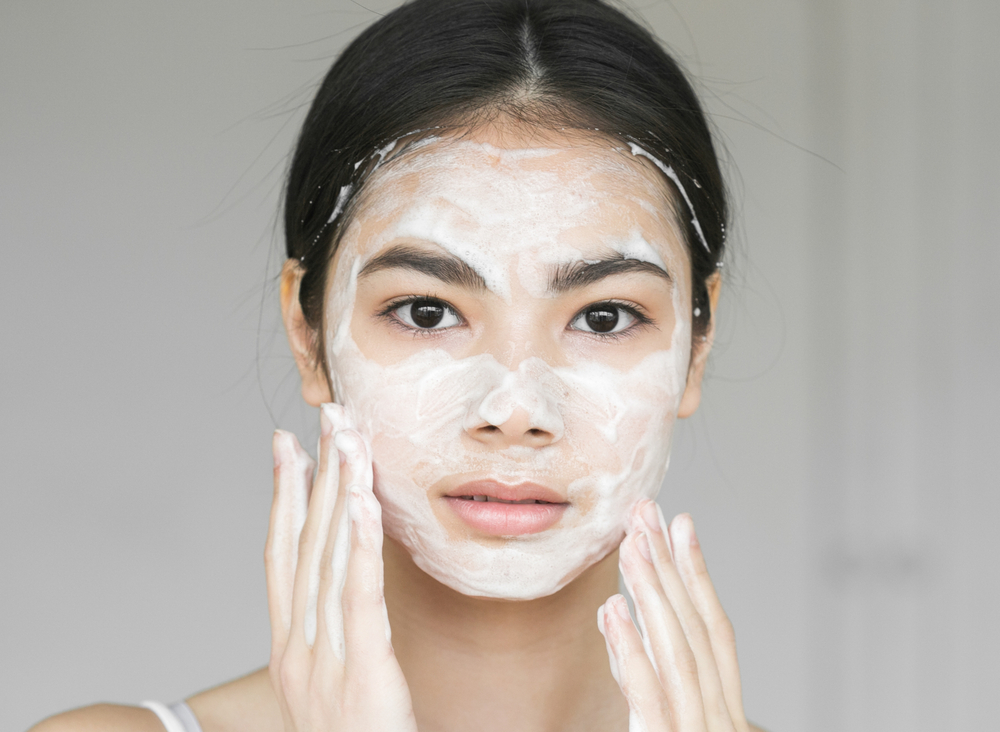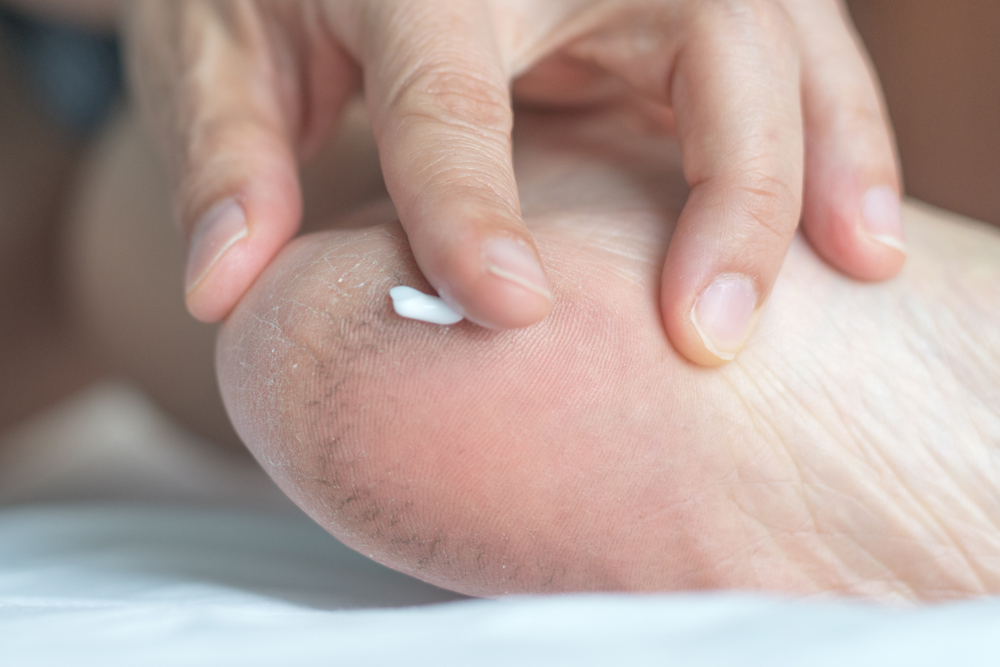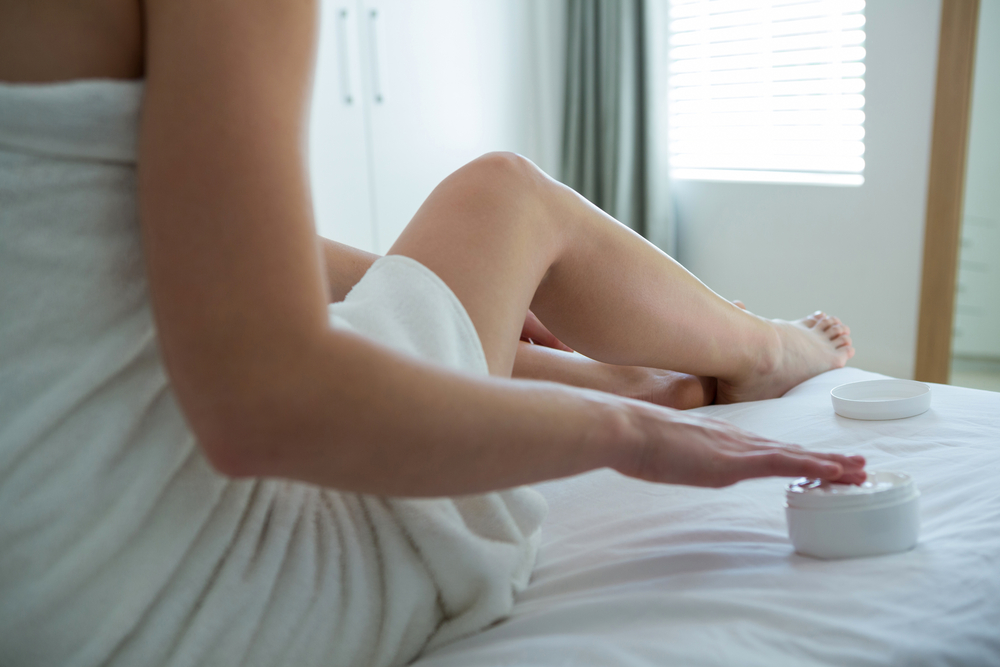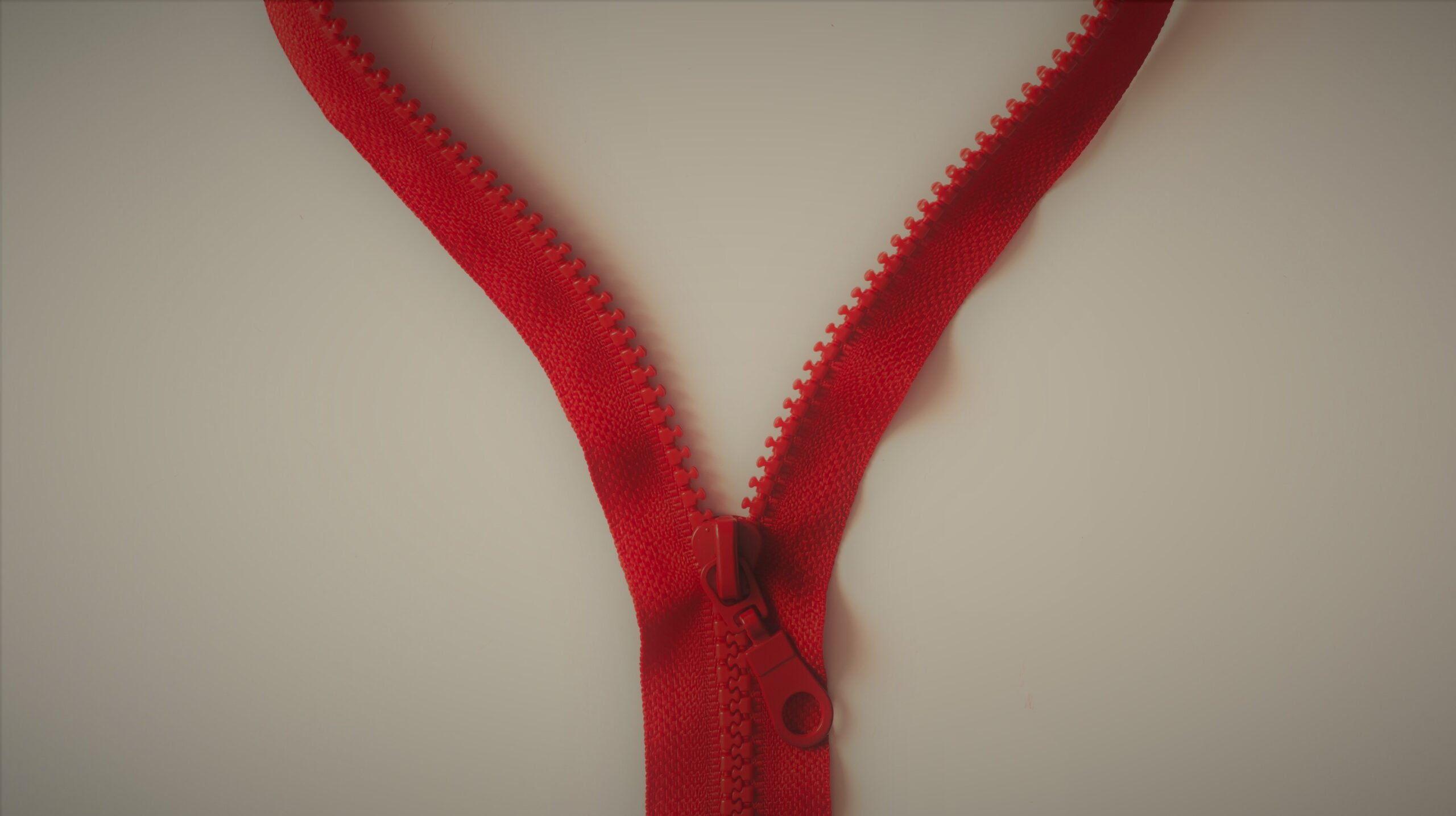You can have too much of a good thing. There are many common signs of over-exfoliated skin that you should be aware of, and options for restoring your skin back to health.
There’s no denying that exfoliating is good for your skin. In fact, the American Academy of Dermatology (AAD) says that the right amount of exfoliation for your unique skin type can improve it’s appearance and make topical treatments even more effective. With that being said, there are some risks to over-exfoliating — or removing too many vital layers of skin during the exfoliation process.
What is exfoliation?
What exactly is exfoliating, anyway? The AAD defines exfoliation as “the process of removing the topmost layer of dead skin cells.” Exfoliation can be achieved in two ways: either via chemical exfoliants — applying an acid that dissolves those cells — or by hand, such as using a brush or scrub to physically remove the cells from the top layer of the skin.
You may use textured brushes, gloves, washcloths, or exfoliating facial scrubs to remove the skin’s top layers. With the proper body exfoliation routine, you’ll experience cosmetic benefits, including brighter, more even skin, and the deeper penetration of topical treatments like anti-aging creams, acne treatments, and rosacea medications.
Exfoliation routine for each skin type
A trip to your dermatologist can really do wonders to help you develop the ideal exfoliation routine tailor-made to your unique situation. Here’s how often to exfoliate based on your skin type:
- Oily skin — Those with thick, oily skin may need to exfoliate as often as once a day in order to thoroughly remove the excess moisture and skin cells that can build up on the top layer of skin. Those with shiny or greasy skin may encourage the production of more oil by over-exfoliating. People with oily skin types may benefit from stronger chemical treatments or mechanical exfoliation.
- Dry or sensitive skin — If you have dry or sensitive skin, it’s best to limit your exfoliation to once or twice a week. Those with easily irritated skin are more likely to experience the side effects of over-exfoliation than those with normal skin types. Try to limit exfoliation to gentle, circular motions if you have dry or sensitive skin. This will help prevent damaging the skin and causing any potential flaking, while providing enough time for your skin to heal between exfoliation sessions.
- Acne-prone skin — In order to prevent further irritation, only exfoliate acne-prone skin twice a week at most, while trying to limit yourself to once a week. Those prone to breakouts will want to start with a gentle exfoliation and work their way up to something more intense. You want to make sure you give your skin enough time to heal, so make sure to pay attention to any dull skin or red spots and, if you notice them, take a break for a few days.
- Normal skin — Those with “normal skin types” — skin that’s clear and not particularly sensitive — can get away with exfoliating every other day. So long as you closely monitor your skin to ensure that you’re not over-exfoliating, you’ll be able to provide the right amount of dead skin cell removal for healthy, glowing skin.
Benefits of exfoliation
- can unclog pores
- repair dry skin
- reduce hyperpigmentation
- allows for deeper penetration of topical treatments
- stop current acne breakouts and prevent future breakouts
- reduce red patches and sun damage
Those with skin issues know that skin is one of the most fickle parts of the body and that healthy skin can be elusive. When you adjust your skincare routine to meet your unique skin needs — whether you’re facing clogged pores, dry skin, reactive skin, hyper pigmentation, red patches, sun damage, or breakouts — you’re giving the dermal layer the best possible barrier.
Exfoliating does encourage quick cell turnover (which in turn leads to more vibrant looking skin), but it also compromises the top layer of skin and deters its ability to produce natural oils and other protectants. This barrier is an important part of creating new skin cells and improving the skin’s physical appearance.
10 Signs of over-exfoliation
- Dryness — Whether you’ve gone the chemical or mechanical route, you may experience some levels of dryness associated with exfoliation. This is because those top layers of skin act as a protective barrier which can lock in hydration. If you’ve noticed dry patches or peeling, you could be drying out your skin with your exfoliator.
- Excess Oil — If you’ve long suffered from skin issues, you know how mercurial and complex the dermal tissue can be. Just as dryness is a telltale sign of over-exfoliation, the same goes for too much oil. Overly oily skin can indicate that you’ve compromised the skin’s ability to regulate oil production.
- Discomfort — Again, removing your skin’s protective barrier can compromise the performance of your skin, leading to inflammation, itching, or a burning sensation. This top layer of skin also acts as a protectant against allergens and irritants, so you don’t want to get rid of it completely or aggravate it too frequently.
- Breakouts — Dry and oily skin may not be as easy to identify as the blemishes that they cause. If you’ve noticed an increase in pimples it could be a sign that you’ve temporarily compromised the skin’s ability to block breakouts. Additionally, over-exfoliation limits the skin’s ability to protect under-layers from bacteria and free radicals, which can clog pores and cause acne.
- Redness — If you don’t generally experience skin redness but suddenly notice that your skin is redder than normal after implementing an exfoliation routine, you may want to dial things back a little. Note that freshly exfoliated skin will typically appear reddish (especially if you have a lighter skin tone), but shouldn’t be red the following day or for that matter, even just a few hours after exfoliating.
- Shininess — Shiny or artificial-looking skin is another indication of too much exfoliation. This is especially common for those who use acids or retinol to exfoliate, as the top layer of skin has been removed creating a waxy and extra smooth look. Light tends to reflect off of over-exfoliated skin since the fresh new layers below the top layer are less textured.
- Infection — When the skin’s natural exterior barrier is compromised, there’s a greater risk that it will be introduced to infection-causing bacteria. You may experience infected pimples and other unsightly skin infections as a result of too much exfoliation. Over-exfoliated skin may also be more prone to cellulitis, fungal skin infections, and other dermal infections.
- Increased sensitivity — As you probably know by now, that top layer of skin is vital to keeping your skin in tip-top shape. When you rob the skin of its protective barrier (the natural dermal top layer), you’re exposing the thinner skin below. This would mean that you may experience an increase in skin sensitivity, with more redness and itchiness than before.
- Puffiness — Excessive exfoliation can cause the skin to become irritated and inflamed, resulting in it looking puffy or swollen. Damage to the skin’s natural lipid barrier removes its ability to regulate inflammation, so make sure to take note if your skin looks a bit swollen.
- Translucent skin — Too much scrubbing can cause your skin to look translucent and sheer, especially after you’ve gone through a chemical exfoliation treatment or some heavy-duty manual scrubbing. Additionally, your skin may look and feel taut after it’s been exposed to over-exfoliation.
How to repair the damage
According to the AAD, you always want to make sure that you’re being gentle with your skin. When choosing treatment options to correct over-exfoliation, use gentler cleansers and moisturizers than you normally would. This will help repair your skin without worsening the damage or creating any additional issues.
Tips to repair over exfoliated skin:
- reduce exfoliation pressure to a gentle massage rather than a deep scrub
- take a break for at least a week if you notice signs of over-exfoliation (until your skin is healed)
- avoid skincare masks
- avoid any salicylic acid, chemical peels, hyaluronic acid serum, and other potentially damaging products
- stop using any irritating creams or liquid makeup while your skin restores itself.
Make sure to:
- use products that will restore the skin’s natural barrier slowly, without causing supplementary irritation or cosmetic concerns.
- stick to your favorite gentle cleaners and ditch the rough brushes for a soft cloth or cotton pad
Gentle Cleansers and Moisturizers: Top Products
As a result of over-exfoliation, skin can become dry and damaged. Hydration is the key to repairing damage, but not just any moisturizer will do the job. It’s important to choose a moisturizer that will not cause additional skin issues. Gentle cleansers and fragrance free, non-comedogenic moisturizers are ideal for helping to restore your skin.
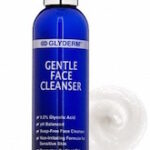
Glyderm Gentle Cleanser
This product delicately cleans the skin without using any soap or alkalies. Even extremely sensitive skin can benefit from this cleanser’s ability to remove excess oils and impurities while maintaining a healthy level of moisture. Glyderm’s Gentle Cleanser also contains alpha hydroxy acids (AHA), which are proven and potent skincare agents.
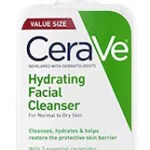
CeraVe Hydrating Facial Cleanser
Designed for normal and dry skin, this cleanser combines cleaning and moisturizing agents. CeraVe’s Hydrating Facial Cleanser also uses hyaluronic acid to help maintain essential skin moisture. This cleanser is fragrance free and non-comedogenic, helping it to soothe over exfoliated skin without causing additional skin issues.
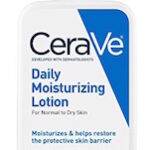
CeraVe Daily Moisturizing Lotion
Also by CeraVe, this Daily Moisturizing Lotion is designed to hydrate dry skin. Similar to the Hydrating Facial Cleanser, it’s fragrance free and non-comedogenic. It also contains hyaluronic acid to maintain moisture and is best used on normal to dry skin.
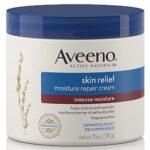
Aveeno Skin Relief Intense Moisture Repair Cream
Aveeno’s Skin Relief Intense Moisture Repair Cream is specially designed for those with extremely dry skin. Its triple oat complex brings together the hydrating power of oat flour, oat oil, and oat extract. This hydrating cream is also fragrance-free and non-comedogenic, making it another great option for treating over-exfoliated skin.





